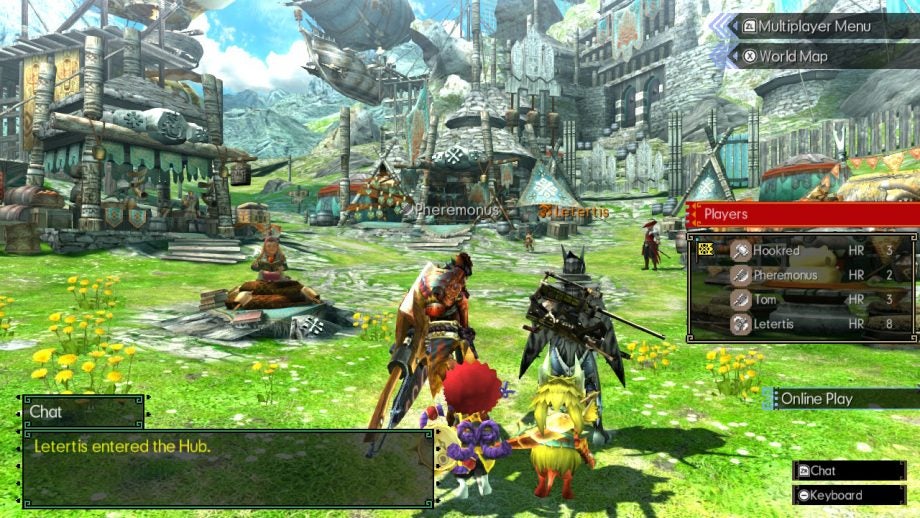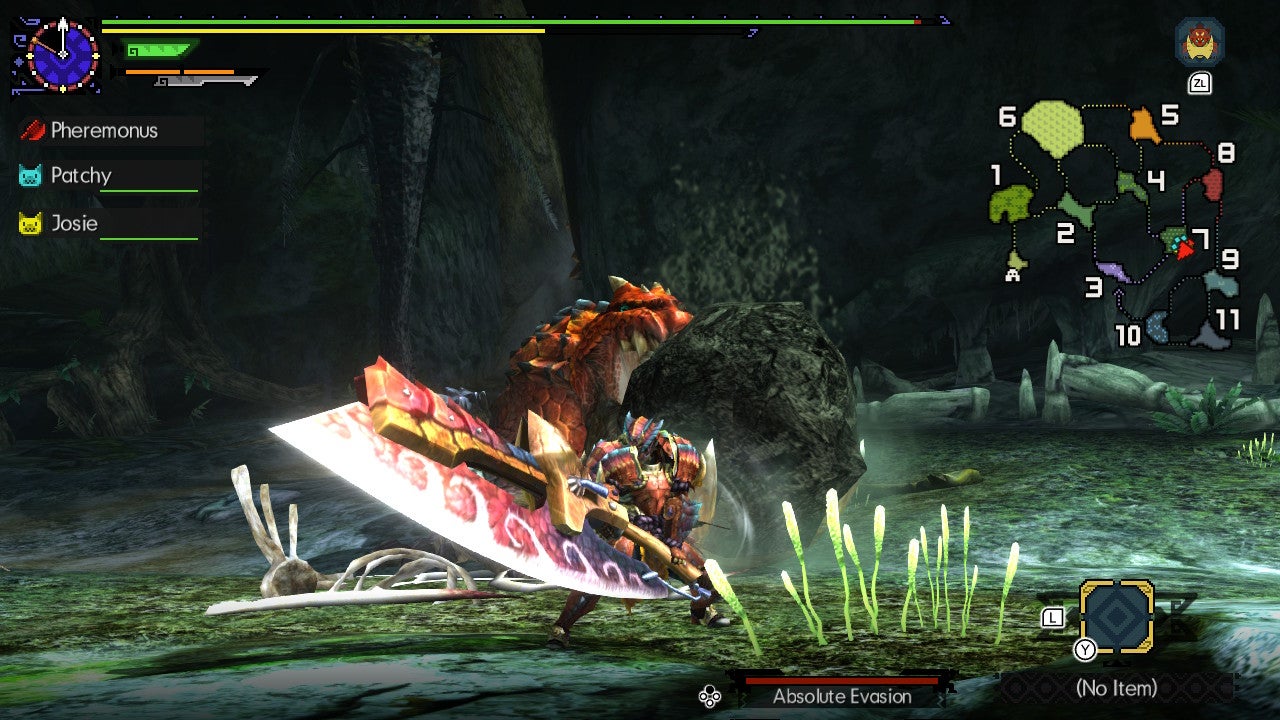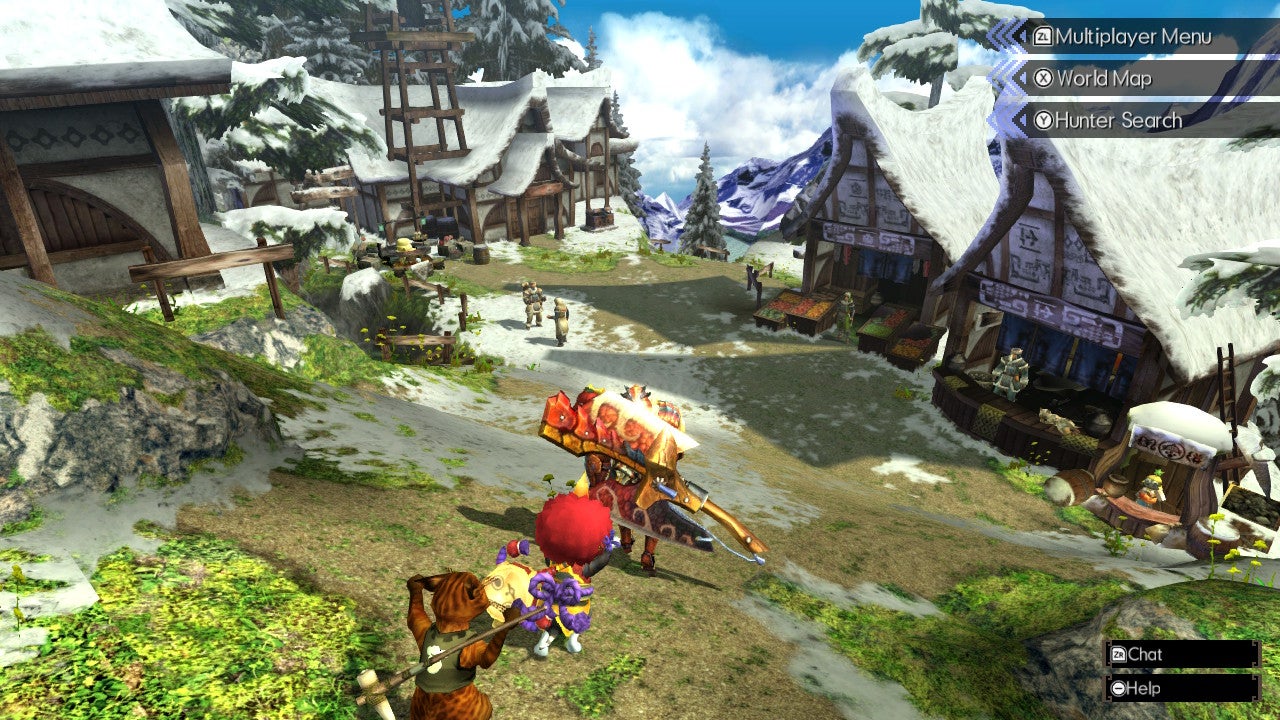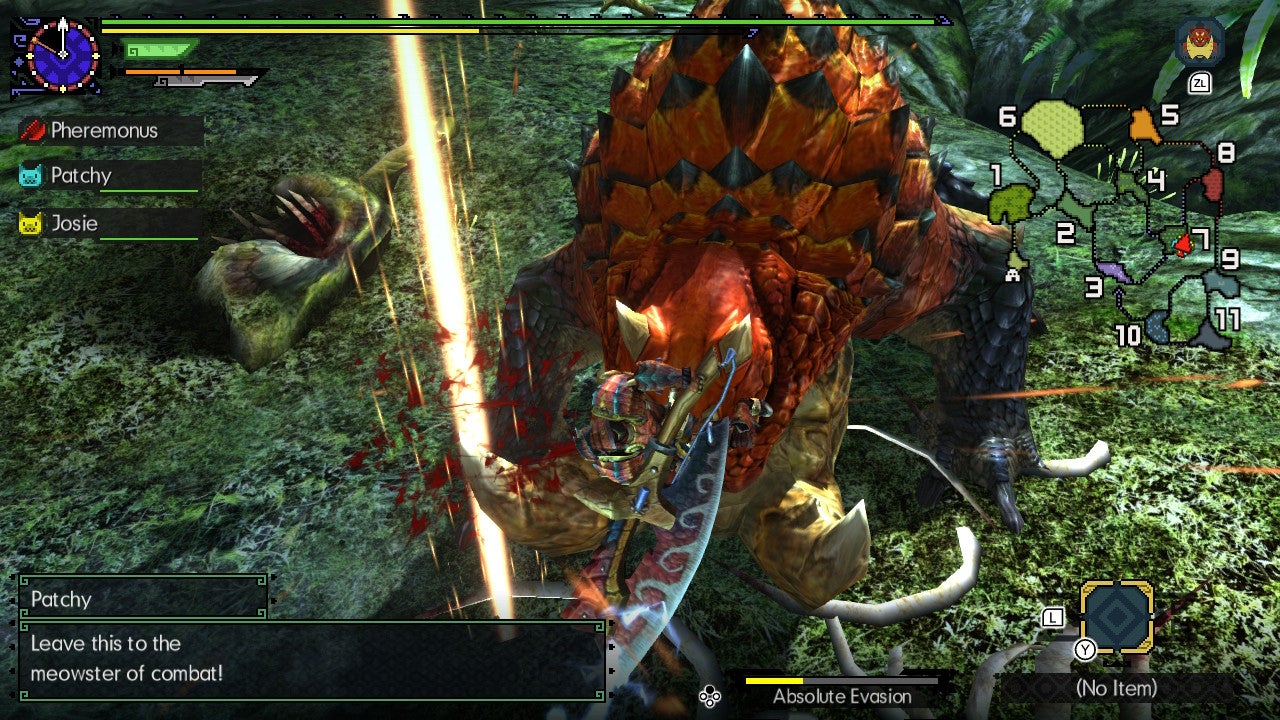Monster Hunter Generations Ultimate Review
Monster Hunter Generations Ultimate
While rough around the edges, Monster Hunter Generations Ultimate is the best way to hunt monsters on the go.

Verdict
Pros
- Amazing combat
- Huge roster of monsters
- Perfect to play on the go
Cons
- Does a bad job of explaining its systems
- Can seem overwhelming to new players
Key Specifications
- Review Price: £39.99
- Available on Nintendo Switch
- Release Date: August 28, 2018
- Developer: Capcom
With Monster Hunter World’s resounding worldwide success, selling over 10 million units, and becoming the best-selling title in Capcom’s history, the Monster Hunter formula has finally clicked with the West. Hot off of its heels is the Western release of Monster Hunter Generations Ultimate, or Monster Hunter XX, as it’s known in Japan.
To preface, Monster Hunter Generations Ultimate is actually an expansion of Monster Hunter Generations, released for 3DS in 2016, meaning that the core game of Generations and Generations Ultimate remains the same. However, where Generations Ultimate differs is in the introduction of new, higher level “deviant” monsters. That means a load of new armour and weapons to play with, along with a new level of challenge.
At the core of MHGU are 12 weapons, with which players of Monster Hunter 4 and Monster Hunter World should already be familiar. However, these weapons have seen some significant changes. There are now “styles” for each weapon, which change up the way your combos and abilities work, in addition to Hunter Arts, which can be anything from a swift dodge to a flashy combo.
Related: Best Switch Games

Guild Style is the same moveset as presented in Monster Hunter 4 Ultimate; Striker Style reduces cooldown on Hunter Arts; Aerial Style replaces your roll with a vault upwards, allowing you to mount a monster easily; Adept Style allows for an immediate counterattack after a last-second dodge; Valor Style rewards you for building up a meter; and Alchemy style allows you to craft special items while on a hunt.
So that comes to a total of 72 different ways to play the game, not including Hunter Arts. There numerous ways to pick a style that suits the way you play, and the balancing between these styles and weapons is near-perfect – every style and weapon is viable, and works excellently.
There’s a core loop to MHGU, and every other Monster Hunter game, which is built around gathering materials, crafting, hunting/farming a monster and crafting again. This is a ritual of perseverance and preparation, where your weapons and armour are everything, with no experience points or health bars to speak of.
When facing up against the next beastie, you’ll want to research its strengths and weaknesses, explore the area in which it resides, understand its environment and prepare accordingly. Once you’re face to face with a monster, the combat shines.
With a level and depth usually reserved for only the tightest of fighting games, Monster Hunter is all about considering positioning, your environment, combos and commitment. This isn’t a hack-and-slash title, but may come across clunky to players who are expecting immediate feedback when thwapping a Greatsword on the floor.
Instead of instant gratification, you get momentum-based animations you can feel. The kinetic force of a Switch Axe’s transformation, making yourself vault using the Insect Glaive is thrilling – you just need to understand the weapon.
Related: Cyberpunk 2077

Unfortunately, teaching players isn’t a MHGU strongpoint. Understanding which quests unlock a new Hunter Rank, or knowing what weapon combos to learn is damn near-impossible without looking it up online.
The same goes for Monster strengths, weaknesses and weak points. The game does very little to let you know what to do, and those thorny edges aren’t something we expect from a game in 2018. Especially when you consider MHGU’s focus on its myriad systems and cycle of getting loot and crafting.
Once you’ve gotten over the learning curve (or have gone to Kiranico to look up to what to actually do), MHGU offers some pretty extensive multiplayer support. ZL and you will be able to connect locally or online to other Hunters, and search for a room where you can take on quests in groups of four.
Having a balanced party with both long-range and short-range weapons turns Monster Hunter into one of the best co-op multiplayer games around, with every person serving a role and purpose towards the shared goal of getting loot. Due to everyone getting loot based on which parts of the monster you hit, having a Longsword user severing a tail, or having a gunner put a Monster to sleep becomes instrumental in the way that you play.
It’s important to look at MHGU in context. Originally released in Japan before World, it was built off a 3DS game, meaning the quality of life changes seen in World simply aren’t present in MHGU.
However, what MHGU does offer is a huge monster count, an almost limitless end-game – and almost every monster that appeared in the series prior to World. This game is essentially a victory lap for the previous generation of Monster Hunter, giving you throwbacks to areas from previous games.
Related: Monster Hunter World Review

Verdict
If you want to get into MHGU then you’ll need some external help, but the addition of this title on Switch makes it perfect to take on the go. It complements the preparation and hunt loop upon which the game relies, with minimal performance hitches or issues.
Just be aware that it isn’t the easiest game to get into, and its obtuseness can hamper your enjoyment, especially early on. Stick with it, and you’ll be rewarded with near-limitless depth, and a huge roster of Monsters to take down.

